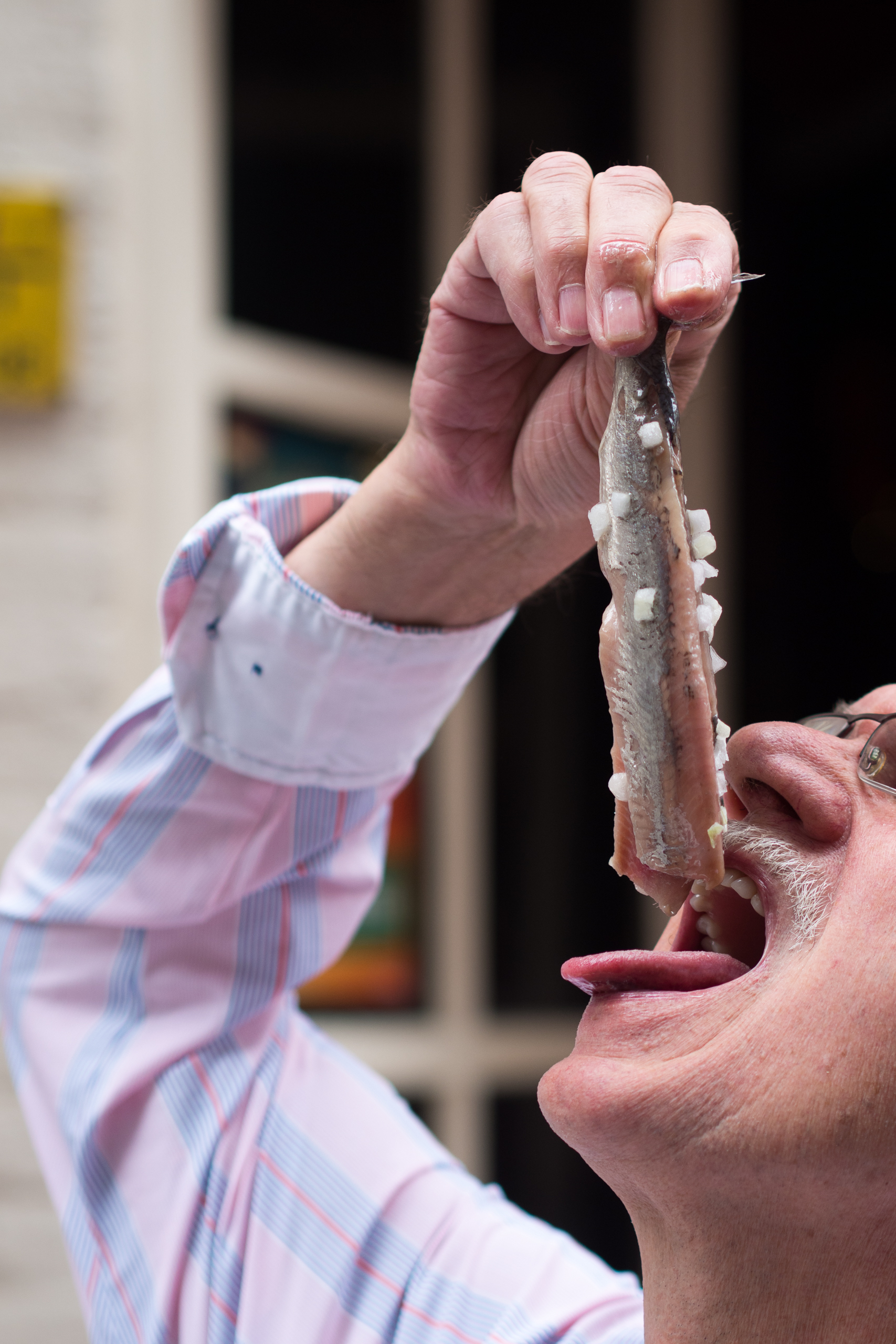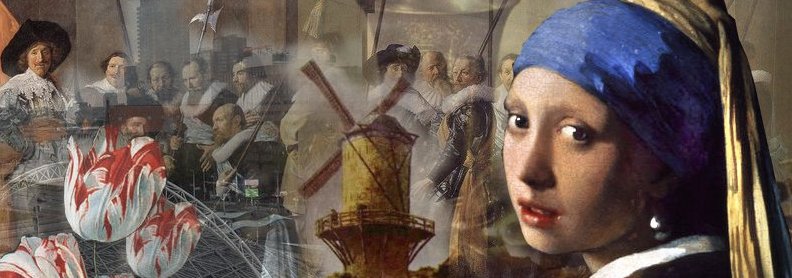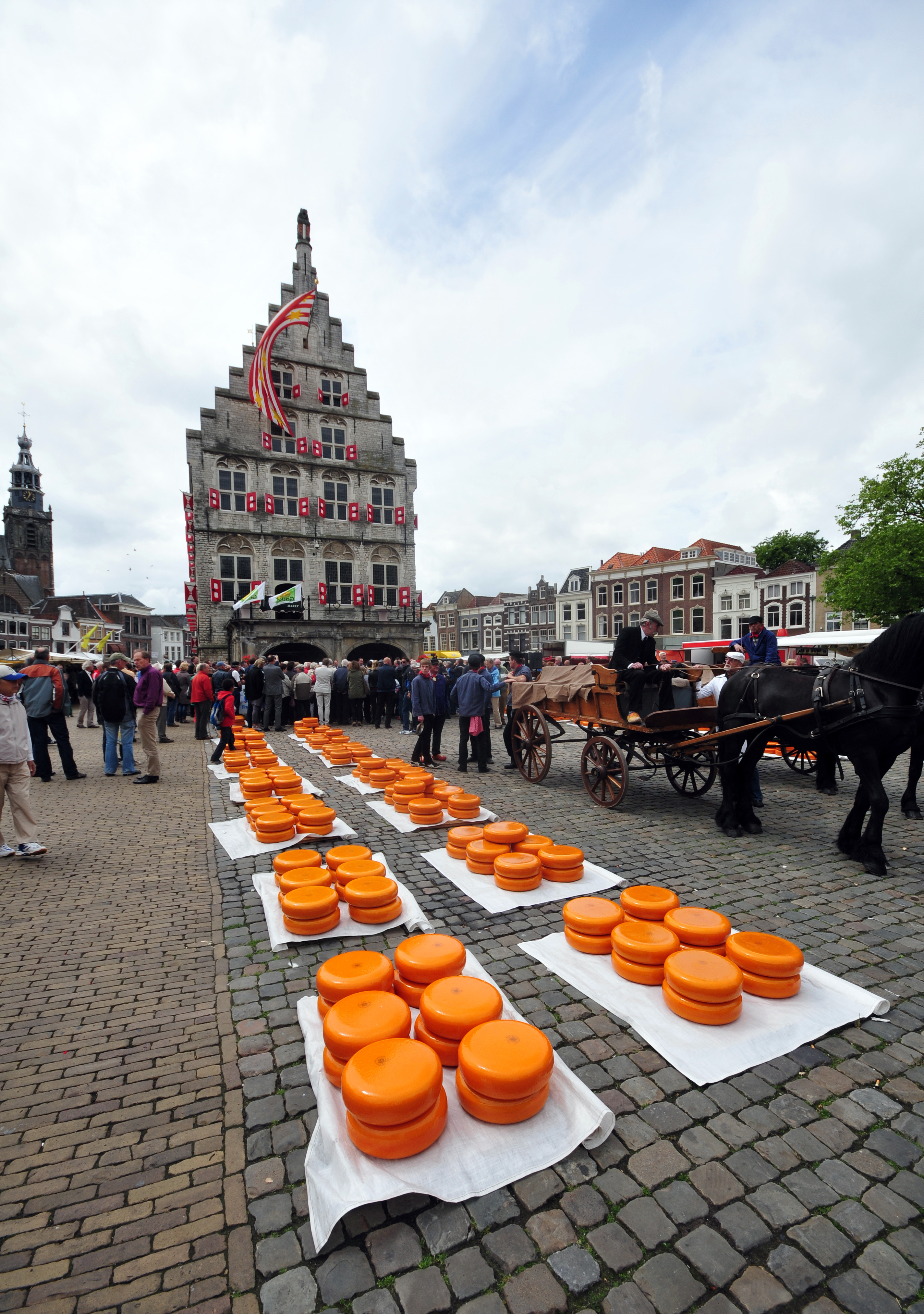|
Dutch Cheese Markets
Dutch cheese farmers traditionally take their cheeses to the town's market square to sell them. Teams (''vemen'') of official guild cheese-porters (''kaasdragers''), identified by differently coloured straw hats associated with their ''forwarding company'', carried the farmers' cheese on barrows that weighed about 160 kilograms. Buyers sampled the cheeses and negotiated prices using a ritual system, called ''handjeklap'', whereby buyers and sellers clapped each other's hands and shouted out prices. Once a price was agreed, porters carried the cheese to the weigh house (''Waag'') and weighed the cheese on a company scale.Edam cheese market . Holland.com. There are currently five cheese markets operating in the |
Guild
A guild ( ) is an association of artisans and merchants who oversee the practice of their craft/trade in a particular territory. The earliest types of guild formed as organizations of tradespeople belonging to a professional association. They sometimes depended on grants of letters patent from a monarch or other ruler to enforce the flow of trade to their self-employed members, and to retain ownership of tools and the supply of materials, but most were regulated by the local government. Guild members found guilty of cheating the public would be fined or banned from the guild. A lasting legacy of traditional guilds are the guildhalls constructed and used as guild meeting-places. Typically the key "privilege" was that only guild members were allowed to sell their goods or practice their skill within the city. There might be controls on minimum or maximum prices, hours of trading, numbers of apprentices, and many other things. Critics argued that these rules reduced Free market, fre ... [...More Info...] [...Related Items...] OR: [Wikipedia] [Google] [Baidu] [Amazon] |
Market Town
A market town is a settlement most common in Europe that obtained by custom or royal charter, in the Middle Ages, a market right, which allowed it to host a regular market; this distinguished it from a village or city. In Britain, small rural towns with a hinterland of villages are still commonly called market towns, as sometimes reflected in their names (e.g. Downham Market, Market Rasen, or Market Drayton). Modern markets are often in special halls, but this is a relatively recent development. Historically the markets were open-air, held in what is usually called (regardless of its actual shape) the market square or market place, sometimes centred on a market cross ( mercat cross in Scotland). They were and are typically open one or two days a week. In the modern era, the rise of permanent retail establishments reduced the need for periodic markets. History The primary purpose of a market town is the provision of goods and services to the surrounding locality. Al ... [...More Info...] [...Related Items...] OR: [Wikipedia] [Google] [Baidu] [Amazon] |
Market (place)
A marketplace, market place, or just market, is a location where people regularly gather for the purchase and sale of provisions, livestock, and other goods. In different parts of the world, a marketplace may be described as a ''souk'' (from Arabic language, Arabic), ''bazaar'' (from Farsi language, Persian), a fixed ''mercado (other), mercado'' (Spanish language, Spanish), itinerant ''tianguis'' (Mexico), or ''palengke'' (Philippines). Some markets operate daily and are said to be ''permanent'' markets while others are held once a week or on less frequent specified days such as festival days and are said to be ''periodic markets.'' The form that a market adopts depends on its locality's population, culture, ambient, and geographic conditions. The term ''market'' covers many types of trading, such as market squares, market halls, food halls, and their different varieties. Thus marketplaces can be both outdoors and indoors, and in the modern world, online marketplaces. ... [...More Info...] [...Related Items...] OR: [Wikipedia] [Google] [Baidu] [Amazon] |
Cheese
Cheese is a type of dairy product produced in a range of flavors, textures, and forms by coagulation of the milk protein casein. It comprises proteins and fat from milk (usually the milk of cows, buffalo, goats or sheep). During production, milk is usually acidified and either the enzymes of rennet or bacterial enzymes with similar activity are added to cause the casein to coagulate. The solid curds are then separated from the liquid whey and pressed into finished cheese. Some cheeses have aromatic molds on the rind, the outer layer, or throughout. Over a thousand types of cheese exist, produced in various countries. Their styles, textures and flavors depend on the origin of the milk (including the animal's diet), whether they have been pasteurised, the butterfat content, the bacteria and mold, the processing, and how long they have been aged. Herbs, spices, or wood smoke may be used as flavoring agents. Other added ingredients may include black pepper, ... [...More Info...] [...Related Items...] OR: [Wikipedia] [Google] [Baidu] [Amazon] |
Dutch Cuisine
Dutch cuisine is formed from the cooking traditions and practices of the Netherlands. The country's cuisine is shaped by its location on the fertile Rhine–Meuse–Scheldt delta at the North Sea, giving rise to fishing, farming, and overseas trade. Due to the availability of water and flat grassland, the Dutch diet contains many dairy products such as butter and List of Dutch cheeses, cheese. The court of the Burgundian Netherlands enriched the cuisine of the elite in the Low Countries in the 15th and 16th century, so did in the 17th and 18th century colonial trade, when the Dutch ruled the spice trade, played a pivotal role in the global spread of coffee, and started the modern era of chocolate, by developing the Dutch process chocolate. In the late 19th and early 20th centuries, Dutch food and food production became designed to be efficient, which was so successful that the country became the world's second-largest exporter of agricultural products by value behind the United St ... [...More Info...] [...Related Items...] OR: [Wikipedia] [Google] [Baidu] [Amazon] |
Culture Of The Netherlands
The culture of the Netherlands is diverse, reflecting regional differences as well as the foreign influences built up by centuries of the Dutch people's mercantile and explorative spirit. The Netherlands and its people have long played an important role as centre of cultural liberalism and tolerance. The Dutch Golden Age is popularly regarded as its zenith. Language The official language of the Netherlands is Dutch, spoken by almost all people in the Netherlands. Dutch is also spoken and official in Aruba, Brussels, Curaçao, Flanders, Sint Maarten and Suriname. It is a West Germanic, Low Franconian language that originated in the Early Middle Ages (c. 470) and was standardized in the 16th century. Frisian is also a recognized language and it is used by the government in the province of Friesland. Several dialects of Low Saxon (''Nedersaksisch'' in Dutch) are spoken in much of the north and east and are recognized by the Netherlands as regional languages according to ... [...More Info...] [...Related Items...] OR: [Wikipedia] [Google] [Baidu] [Amazon] |
Gouda Cheese
Gouda cheese (, , ; , "cheese from Gouda") is a creamy, yellow cow's milk cheese originating from the Netherlands. It is one of the most popular and produced cheeses worldwide. The name is used today as a general term for numerous similar cheeses produced in the traditional Dutch manner. History The cheese is named after the city of Gouda, South Holland because it was traded there. In the Middle Ages, Dutch cities could obtain certain feudal rights which gave them primacy or a total monopoly on certain goods. Within the County of Holland, Gouda acquired market rights on cheese, the sole right to have a market in which the county's farmers could sell their cheese. All the cheeses would be taken to the market square in Gouda to be sold. Teams consisting of the guild of cheese-porters, identified by distinct differently coloured straw hats, carried the farmers' cheeses, which typically weighed about , in barrows. Buyers then sampled the cheeses and negotiated a price using a ... [...More Info...] [...Related Items...] OR: [Wikipedia] [Google] [Baidu] [Amazon] |
Edam Cheese
Edam ( ) is a semi-hard cheese that originated in the Netherlands, and is named after the town of Edam in the province of North Holland. Edam is traditionally sold in flat-ended spheres with a pale yellow interior and a coat, or rind, of red paraffin wax. Edam ages and travels well and hardens, instead of spoiling, for an extended time. These qualities (among others) made it the world's most popular cheese between the 14th and 18th centuries, both at sea and in remote colonies.History of Edam Cheese Edam.com. Retrieved 11 April 2007 Content Most "young" Edam cheeses sold in stores have a very mild flavour, slightly salty or nutty, and almost no smell when compared to other cheeses. As the cheese ages, its flavour sharpens, and it becomes firmer. Edam may have as little as 28%[...More Info...] [...Related Items...] OR: [Wikipedia] [Google] [Baidu] [Amazon] |
Provost Marshal
Provost marshal is a title given to a person in charge of a group of Military Police (MP). The title originated with an older term for MPs, '' provosts'', from the Old French (Modern French ). While a provost marshal is now usually a senior commissioned officer, they may be a person of any rank who commands any number of MPs; historically, the title was sometimes applied to civilian officials, especially under conditions of martial law, or when a military force had day-to-day responsibility for some or all aspects of civilian law enforcement (such as some British colonies). A provost marshal may also oversee security services, imprisonment, fire/ emergency services and ambulances. British Armed Forces In the British Armed Forces, the provost marshal is the head of the military police of each service, with the senior military police officers at lower levels being titled deputy or assistant provost marshals. In many cases the provost marshal is in charge of discipline. Provos ... [...More Info...] [...Related Items...] OR: [Wikipedia] [Google] [Baidu] [Amazon] |
Boerenkaas
Boerenkaas (; ) is a Dutch cheese, most of which is handmade from raw milk. The milk may be from cows, goats, sheep or buffalo; at least half of it must be from the farm where the cheese is made. The cheese may also contain cumin or other seeds, herbs, and spices. The name has been protected as a Traditional Speciality Guaranteed by the European Union since 2007. Regulations The name 'Boerenkaas' has been protected as a Traditional Speciality Guaranteed by the European Union since 2007. Any cheese produced within the European Union according to the regulations laid down by the European Commission may be sold as Boerenkaas; cheese carrying the mark 'KB' is certified to be of Dutch origin. The principal varieties are: Goudse Boerenkaas, from the area of Gouda; Edammer Boerenkaas, from that of Edam; and Leidse Boerenkaas, from that of Leiden. Other variants include from goat's milk, from sheep's milk and from buffalo's milk. Production After the fresh unpasteurised ... [...More Info...] [...Related Items...] OR: [Wikipedia] [Google] [Baidu] [Amazon] |
Vereniging Voor Vreemdelingenverkeer
The Vereniging voor Vreemdelingenverkeer ( VVV; "Association for Tourism") is an organization in the Netherlands in which local or regional leisure companies and organizations work together to promote tourism. The tourist offices provide visitors with information about the local city or region and assist in the reservation of overnight stays and the booking of activities. In addition, they try to further develop tourism. Vereniging voor Vreemdelingenverkeer roughly translates as the Association for Tourist Traffic. The VVV’s income comes from the sale of items such as maps, guides, gift cards and souvenirs. In addition, the participating leisure companies and the municipalities represented, contribute financially to the tourist information activities. In the Netherlands, individual VVVs are coordinated by VVV Nederland, which functions as a licenser of the VVV brand. In 2017, the Kennisnetwerk Destinatie Nederland was founded, this is a network of 80 Destination and City ... [...More Info...] [...Related Items...] OR: [Wikipedia] [Google] [Baidu] [Amazon] |









